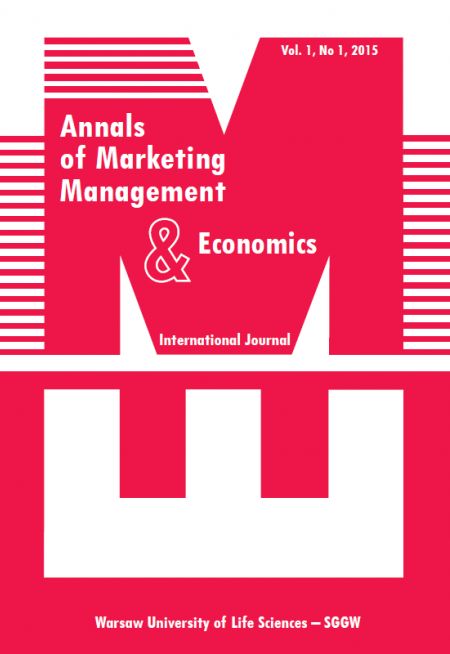Main Article Content
Article Details
Capadlo J., 2014. The Trans-Atlantic Trade and Investment Partnership: European Disintegration, Unemployment and Instability, Global Development and Environment Institute.
Ecorys, 2013. Study on priorities in the context of EU-US trade relations, Ecorys Nederland B.V.
Felbetmayr G., Jung B., Larch M., 2013. Icebergs versus Tariffs: A Quantitative Perspective on the Gains from Trade, CESifo Working Paper 4175. (Crossref)
Fontage L., Gourdon J., Jean S., 2013. Transatlantic trade: Whither partnership, which economic consequences?, CEPII, Policy Brief 1, September.
Morrall J., 2012. Determining Compatible Regulatory Regimes Between the U.S. and the EU, U.S. Chamber of Commerce.
Downloads

This work is licensed under a Creative Commons Attribution 4.0 International License.





